In an era of heightened geopolitical tensions and rapidly evolving conflict zones, the risk of accidental shootdowns has become a leading cause of commercial aviation fatalities. Incidents such as the tragic downing of Azerbaijan Airlines Flight 217 (AZAL) in December 2024 and Ukraine International Airlines Flight PS752 in 2020 underscore the urgent need for enhanced risk management strategies to safeguard civilian aircraft. At Osprey Flight Solutions, we leverage cutting-edge data analytics and real-time intelligence to provide aviation stakeholders with critical insights that enhance operational safety in high-risk regions.

The Escalating Threat of Accidental Shootdowns
1. Proliferation of Advanced Weaponry
The widespread availability of surface-to-air missile (SAM) systems and other advanced weaponry increases the likelihood of civilian aircraft being mistakenly targeted. Armed groups and military forces operating in contested areas often lack the necessary protocols to distinguish between military and commercial aircraft.
2. Confusion in High-Tension Airspace
The integration of military and civilian air traffic in conflict zones creates dangerous ambiguities. Poorly coordinated air defence systems, misidentification errors, and heightened alert levels contribute to the growing risk of accidental shootdowns.
3. Lack of Standardized Risk Assessments
Many aviation operators lack access to timely and accurate intelligence regarding emerging threats in conflict zones. Without standardised risk assessments, airlines and flight planners may inadvertently route aircraft through dangerous airspace.
Strategies for Enhancing Civilian Flight Safety
1. Real-Time Threat Intelligence and Risk Assessment
Proactive intelligence gathering is crucial for identifying potential threats before they materialise. Osprey Flight Solutions’ risk assessment platform continuously analyses global conflict developments, providing aviation operators with real-time, data-driven insights to support informed decision-making.
2. Improved Airspace Management and Route Planning
Enhanced coordination between regulatory bodies, airlines, and air navigation service providers (ANSPs) is vital to mitigating risk. By leveraging predictive analytics, operators can dynamically adjust flight paths to minimise exposure to high-risk areas.
3. Strengthened Industry Collaboration and Government Advisories
Closer collaboration between airlines, international aviation organisations, and government agencies is essential for sharing actionable intelligence. Standardised protocols for issuing airspace advisories and NOTAMs (Notices to Airmen) ensure that all stakeholders can access critical risk information.
4. Advanced Warning Systems and Defensive Countermeasures
In certain high-risk regions, aircraft may benefit from technological solutions such as missile approach warning systems (MAWS) and infrared countermeasures (IRCMs). While primarily used by military and government aircraft, these technologies could be adapted for select commercial aviation applications.
5. Comprehensive Post-Incident Analysis and Policy Reforms
Following an accidental shootdown, transparent investigations and data-driven policy reforms are crucial for preventing future tragedies. Osprey Flight Solutions provides in-depth incident analysis to help refine risk assessment models and enhance future aviation safety strategies.
Looking Ahead: A Data-Driven Approach to Conflict Zone Aviation Safety
As accidental shootdowns continue to pose a significant threat to commercial aviation, airlines, regulators, and security organisations must adopt a proactive, intelligence-led approach to risk mitigation. By integrating real-time threat analysis, collaborative risk-sharing, and adaptive flight planning, the aviation industry can better protect civilian aircraft operating near conflict zones.
At Osprey Flight Solutions, we are committed to delivering actionable intelligence that empowers aviation stakeholders to navigate complex security environments confidently. Contact us today to learn more about how our cutting-edge risk assessment solutions can enhance your operational safety in conflict-affected airspace.








